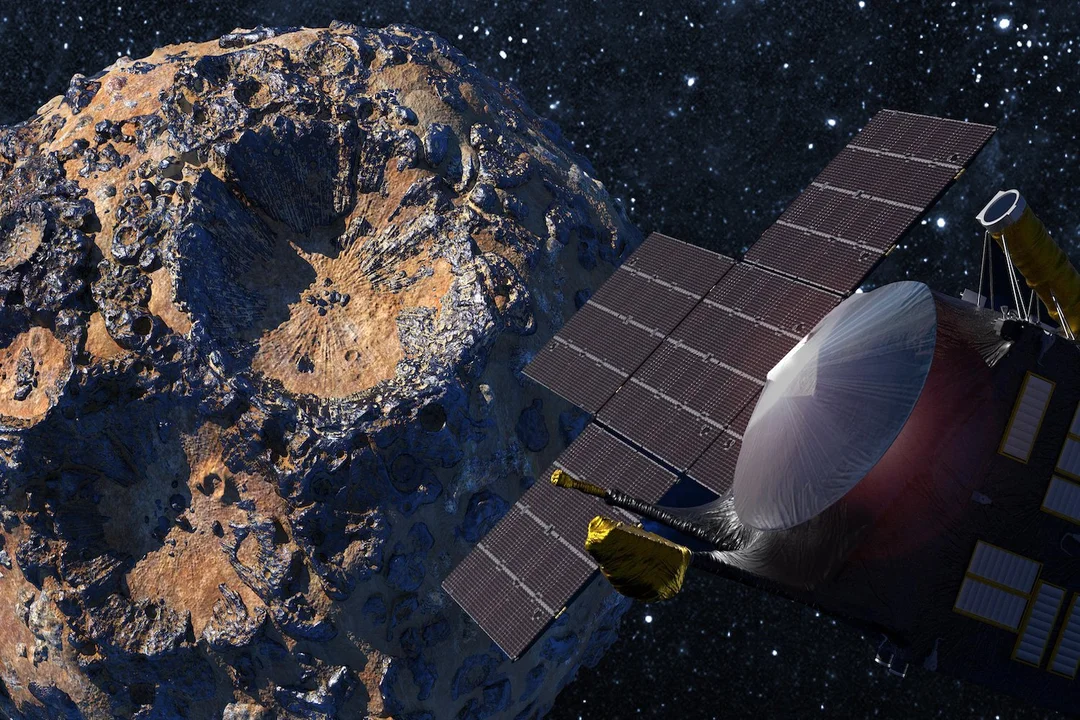
NASA’s Psyche Mission Faces Propulsion Hiccup En Route to Metallic Asteroid – What You Need to Know
NASA's ambitious Psyche mission, aimed at studying the unique metallic asteroid (16) Psyche, has encountered a hurdle. Launched in October 2023, the spacecraft is currently en route to its destination in the asteroid belt between Mars and Jupiter. The mission's goal is to investigate whether the asteroid is indeed the exposed core of a bygone planet, offering an unprecedented glimpse into planetary formation. But recently, engineers have detected a pressure drop in the spacecraft's electric propulsion system, causing a temporary shutdown of the thrusters.

The Issue
According to NASA, the pressure in the xenon gas line feeding the four electric thrusters dropped from 36 psi to approximately 26 psi in early April. This triggered an automatic safety shutdown. The propulsion system, which relies on solar energy to ionize and expel xenon atoms, has been temporarily suspended while engineers investigate the root cause of the problem. Experts at JPL (Jet Propulsion Laboratory) are hard at work pinpointing the exact component causing the issue.
Redundancy and Contingency Plans
Fortunately, the mission is designed with redundancy in mind. The electric propulsion system features two identical xenon delivery systems, allowing the team to potentially switch to the backup fuel line. This contingency measure would allow the mission to resume thrusting while the primary line's pressure decrease is analyzed and addressed.

According to Louise Prockter, director of NASA's planetary science division, the team may decide to switch to the backup fuel line to resume thrusting. She added, "This kind of thing happens and that's why we build redundancy into our missions."
Impact on Mission Trajectory
NASA assures that the mission design allows for a pause in thrusting until at least mid-June without significantly affecting the spacecraft's trajectory. This provides ample time for engineers to diagnose and resolve the issue.
Why is Psyche So Important?
The asteroid (16) Psyche is unlike most asteroids, which are primarily composed of rock or ice. It's believed to be largely made of nickel-iron metal, potentially representing the exposed core of a former planet whose outer layers were lost to collisions. Studying Psyche provides a unique opportunity to examine a planetary core without needing to drill through kilometers of rock.
Some estimates suggest the asteroid's metallic composition could be worth more than the entire Earth's economy, although extracting those resources remains a distant prospect.
Mission Timeline
Despite the recent setback, NASA remains optimistic that the Psyche mission will reach its destination in 2029. Upon arrival, the spacecraft will conduct a 26-month orbital investigation, analyzing the asteroid's properties, composition, and magnetic field. A Mars flyby is planned for May 2026, which, along with the Hall effect thrusters, will guide the spacecraft to its metallic target.

Looking Ahead
The propulsion system issue on the Psyche spacecraft is a reminder of the challenges involved in deep space exploration. However, the mission's robust design, redundant systems, and the expertise of NASA engineers offer confidence that this setback will be overcome. Will engineers resolve the problem and keep the mission on track? Let us know your thoughts in the comments below.